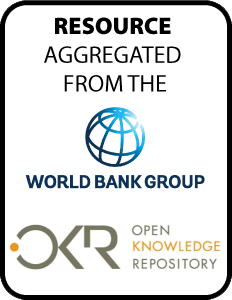Resource information
The strong main shock of the Great East
Japan Earthquake (GEJE) of March 11, 2011, caused little
damage to buildings. Buildings designed under the current
building code and those with base isolation fared well.
However, seismic design guidelines for nonstructural members
had not been considered adequately, which resulted in
problems such as the collapse of ceiling panels. Soil
liquefaction occurred in reclaimed coastal area along Tokyo
Bay and riverside areas. The key lessons of the GEJE are
that seismic-resistant building design prevent collapse of
buildings and protects human lives, that retrofitting
vulnerable buildings is essential to reduce damage, that
seismic isolation functioned well, and that nonstructural
building components can cause serious damage. When applying
these lessons to developing countries, local technical and
socioeconomic conditions should be taken into account. This
report gives findings; lessons; and recommendations for
developing countries.


